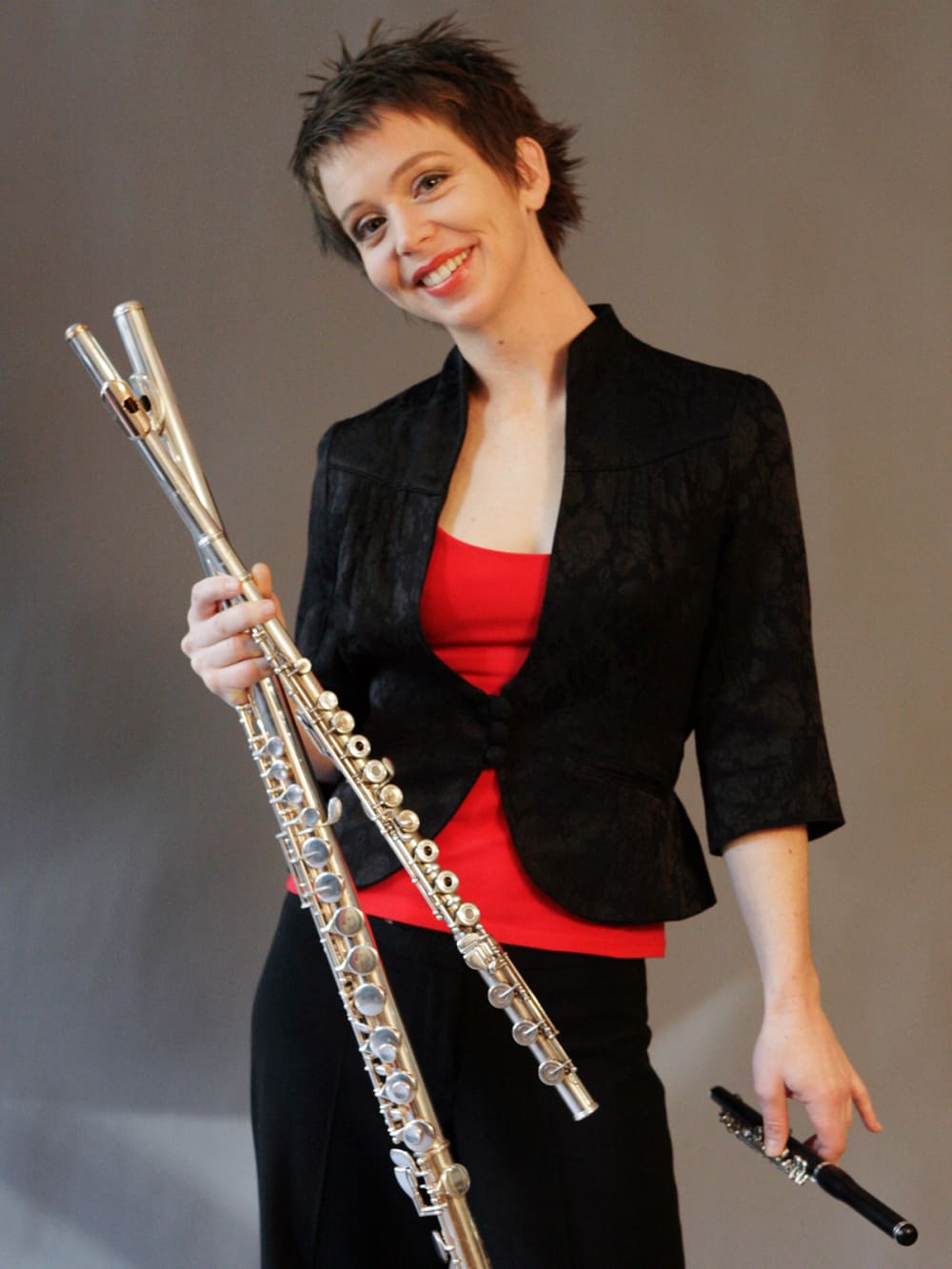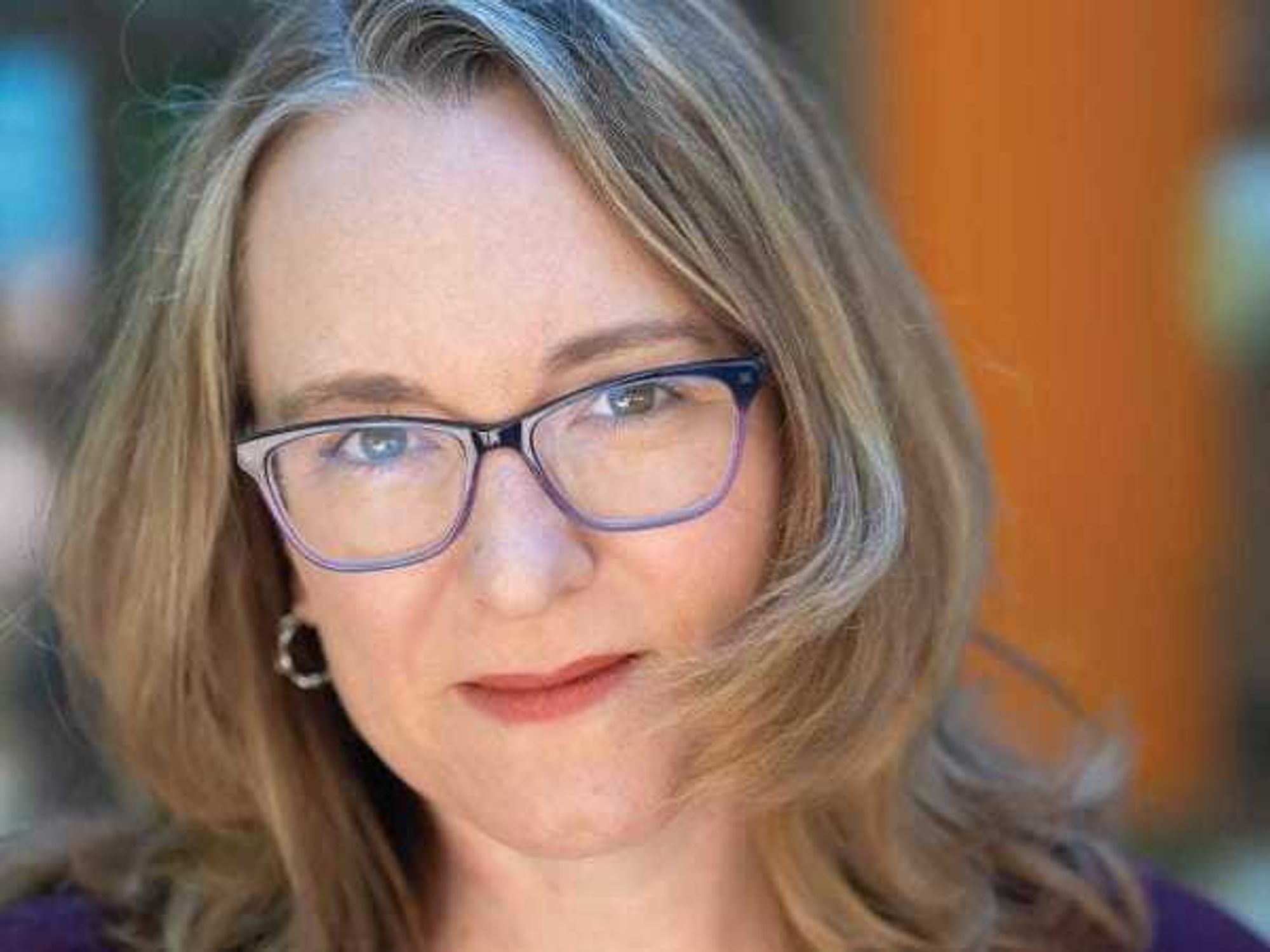Sacré Bleu!
Sublime composer by day, French adulterer by night: Da Camera gets intimate withDebussy & friends
 Bridgit KibbeyPhoto by Lisa-Marie Mazzucco
Bridgit KibbeyPhoto by Lisa-Marie Mazzucco Enso String QuartetPhoto by Cristina Hirst
Enso String QuartetPhoto by Cristina Hirst Anne-Marie McDermottOpus 3 Artists
Anne-Marie McDermottOpus 3 Artists Claire ChasePhoto by Janette Beckman
Claire ChasePhoto by Janette Beckman Cho-Liang LinPhoto by Paul Body
Cho-Liang LinPhoto by Paul Body
I say Claude Debussy, you say . . .
Rather than hazarding a guess, I posted this question on social media with hopes it would uncover how today's zeitgeist views the Saint-Germain-en-Laye-born composer.
It was Da Camera of Houston which piqued my curiosity with its upcoming three-concert French fest paying homage to the 150th anniversary of his birth: "Debussy Paris" on Saturday at Wortham, "After Debussy" on March 13 at The Menil and a "Stop, Look and Listen" interactive young artists program on March 10, also on the Menil campus.
The retrospective journeys forward to parse how other French, Finish and Japanese composers were mused by Debussy's thoughts.
"We associated French music with transparency, airiness and lightness of texture, much like language and cuisine, " Rothenberg says. "With German music, it's muddiness and thickness. Germans couldn't have invented the soufflé."
Such was the scheme of Da Camera's artistic director and pianist Sarah Rothenberg, who credits Debussy with finding a different way to move forward with music post fin de siècle Europe. The Paris Exposition Universelle of 1889 introduced the symbolist composer to world musical traditions, like Javanese gamelan, which suffused his works with novel and exotic sonorities and rhythmic structures.
"We associate French music with transparency, airiness and lightness of texture, much like language and cuisine, " Rothenberg says. "With German music, it's muddiness and thickness. Germans couldn't have invented the soufflé (laughs)."
There's plenty of pretty, hazy, cottony and sublime in Debussy. He is French Impressionism — though Debussy didn't approve of such label — just as Houston is energy and medicine. Sure, in both cases there's deep-rooted connections. But there's more than meets the eye, or the ear.
"There are a lot of literary influences in Debussy's music combined with beautiful musical imagery, " Rothenberg continues. "And yet his music can go in many directions."
Parallel chords, whole-tone, modal and pentatonic scales, juxtaposition of tonal centers, a hint of roccoco nostalgia, jazz, exoticism and neo-classicism filter through Debussy's opus.
About what others think of Debussy
Amid the responses to my word association ruse were: Maurice Ravel, Vladimir Horowitz, understated, heaven, L'Isle joyeux, Clair de Lune and Prelude to the Afternoon of a Faun.
One wisecracker suggested "poe-tah-toe," which in the privacy of an open newsroom, almost made me spew the sip of Diet Coke I had just attempted to consume. But as I am connected with a battalion of classical music smarty pants, I could have predicted the majority of answers.
Except for this one: Christyna Lewis posits, "Why you so busy? Relax!"
For Lewis, the value lies in the mood the music emotionally conveys. Fitting as Debussy pairs well with a fatty slab of Brie de Meaux and a glass of Bourgogne. Or craft beer and nuts. In a swanky parlor being fanned by vaudevillian danseuses donning peacock feathers.
Caplet and Chausson answer the question: What was the musical world like before and around Debussy?
And this one from a music colleague: "Get busy!"
I can only presume that he nods to Debussy's suggestive, romantic and poignant sexual innuendos. Think of the faun's unfulfilled desire for the nymphs in Prélude à l'après-midi d'un faune or the erotic lyrics of Les Chansons de Bilitis (Read: And little by little, it seemed to me, that our limbs were so entwined, that I became you, that you entered into me as my thoughts). Need a smoke?
Serendipitously, that thrust mirrors Debussy's private life. He was a player, fornicating his way from affair to affair to marriage to divorce, after which his wife attempted suicide, to another troubled nuptial. His music may be sublime, but his private life wasn't.
From 19th-century Wagnerian dominance to beyond
Late in life, Debussy planned to craft six sonatas but only finished three by his death in 1918: the Flute, Viola and Harp Sonata, Cello Sonata and Violin Sonata. These three works ground Da Camera's program, complemented by Kaija Saariaho's Je sens un deuxième coeur (I Feel a Second Heart) (2003), which calls on what might have been the instrumentation of one of Debussy's unfinished sonatas and Toru Takemitsu's And then I knew 'twas wind (1992), in response to the trio. Edgard Varèse's Density 21.5 for solo flute (1936) and Pascal Dusapin's Immer for solo cello (1996) extended French classical music even further into modernism.
André Caplet's Conte fantastique for string quartet and harp and Ernest Chausson's Concerto for violin, piano and string quartet in D give context to the City of Lights at the turn of the century. Caplet was very much a disciple of Debussy and is better known for orchestrations of Debussy's works. Chausson, an older contemporary of Debussy, bridged 19th-century Wagnerian dominance to French intimacy.
"Caplet and Chausson answer the question: What was the musical world like before and around Debussy?" Rothenberg explains.
To pull off the musical fête, Rothenberg is joined by violinist Cho-Liang Lin, pianist Anne-Marie McDermott, harpist Bridget Kibbey, the Enso String Quartet, flutist Claire Chase, violist Hsin-Yun Huang and cellist Sonia Wieder-Atherton. Chase, Kibbey and Wieder-Atherton have performed in New York's Le Poisson Rouge, an eclectic cabaret in Greenwich Village illustrious for presenting spunky musicians.
A hint of spunk is always welcome in Debussy. He would approve.
Da Camera's Debussy celebration begins 8 p.m. Saturday with "Debussy Paris" at Wortham; tickets start at $28. "Stop, Look and Listen" is on March 10 at The Menil; free event. "After Debussy" is set for 7:30 p.m. March 13 at The Menil; tickets are $35. Seats can be purchased online or by calling 713-524-5050.
